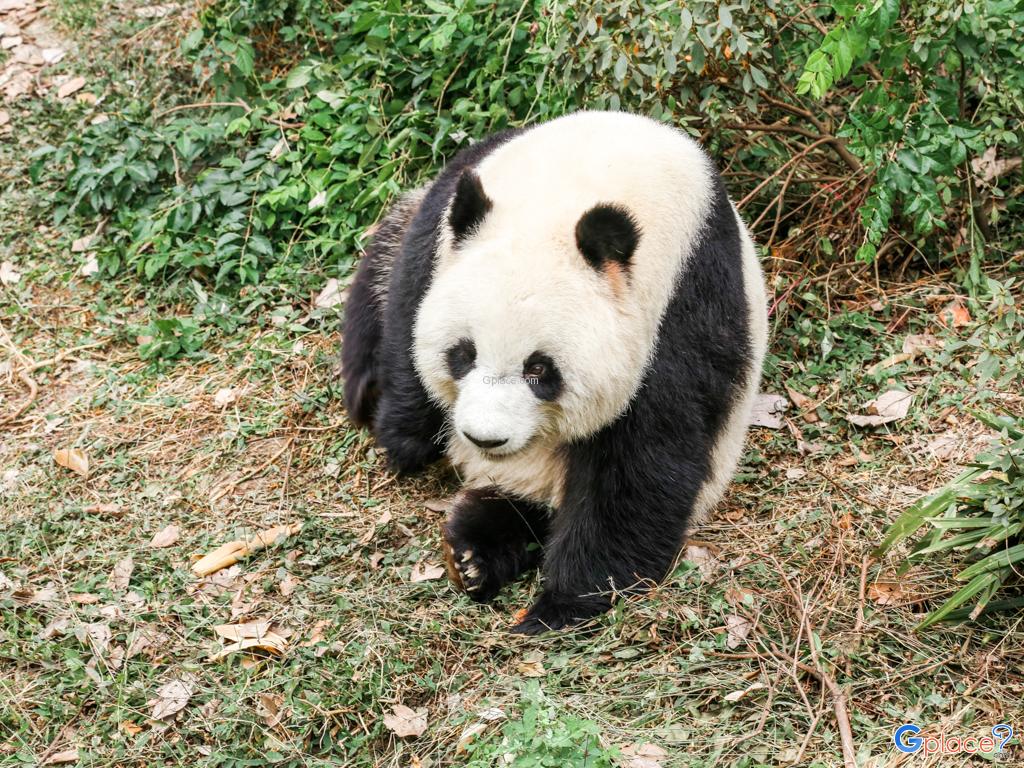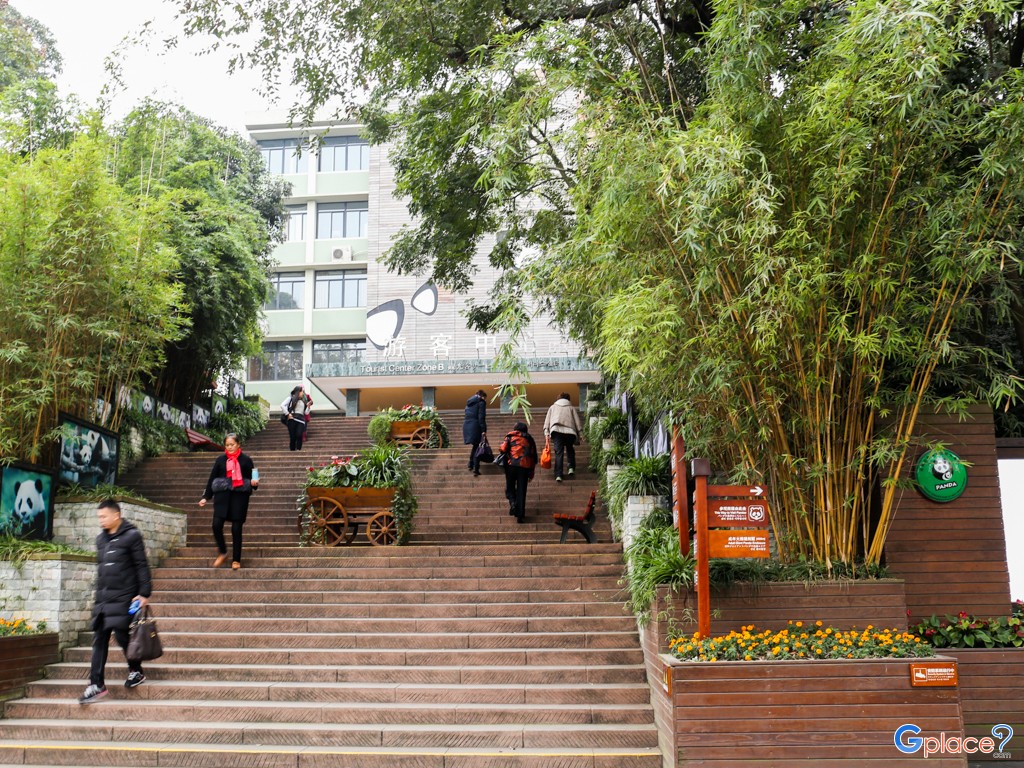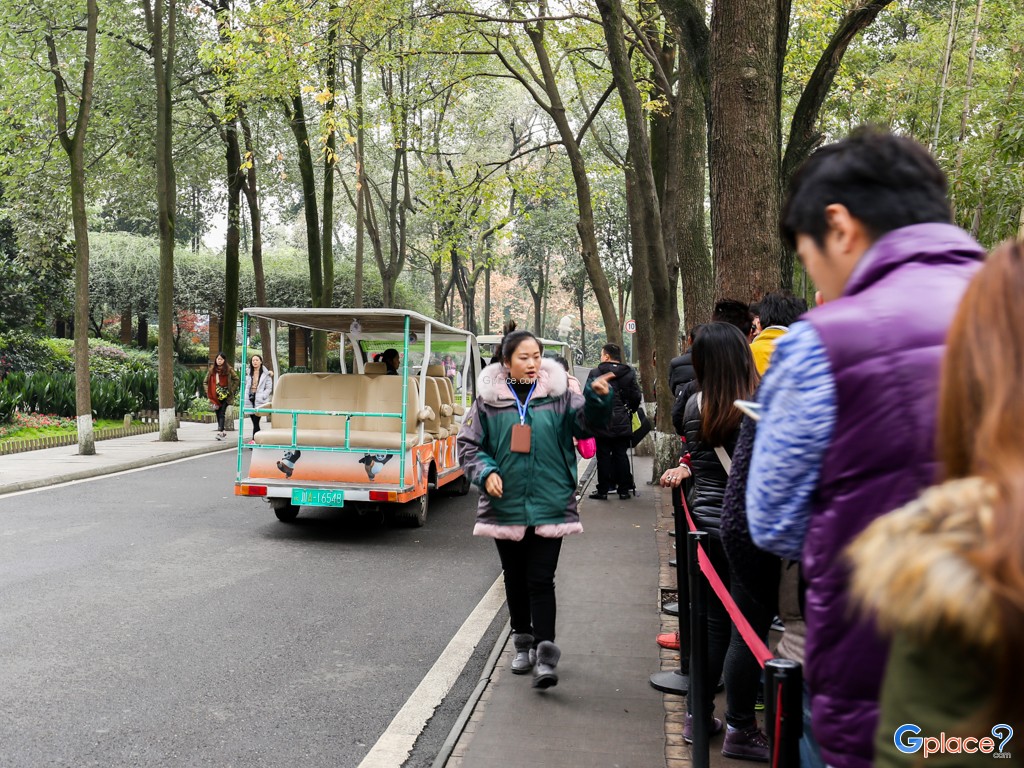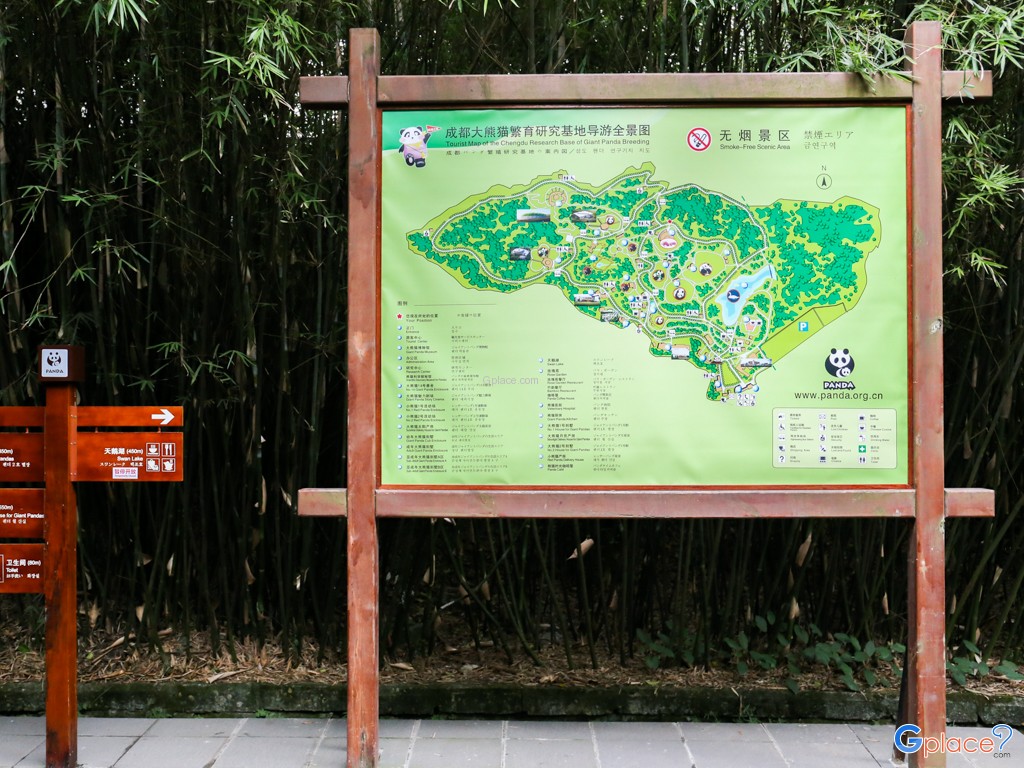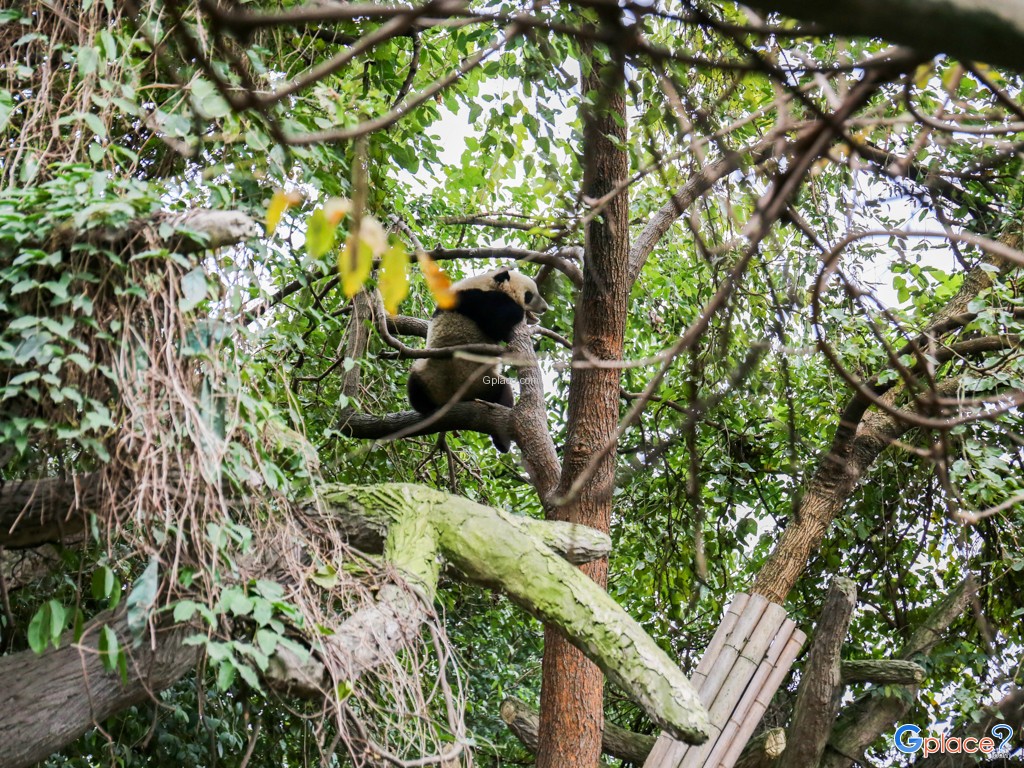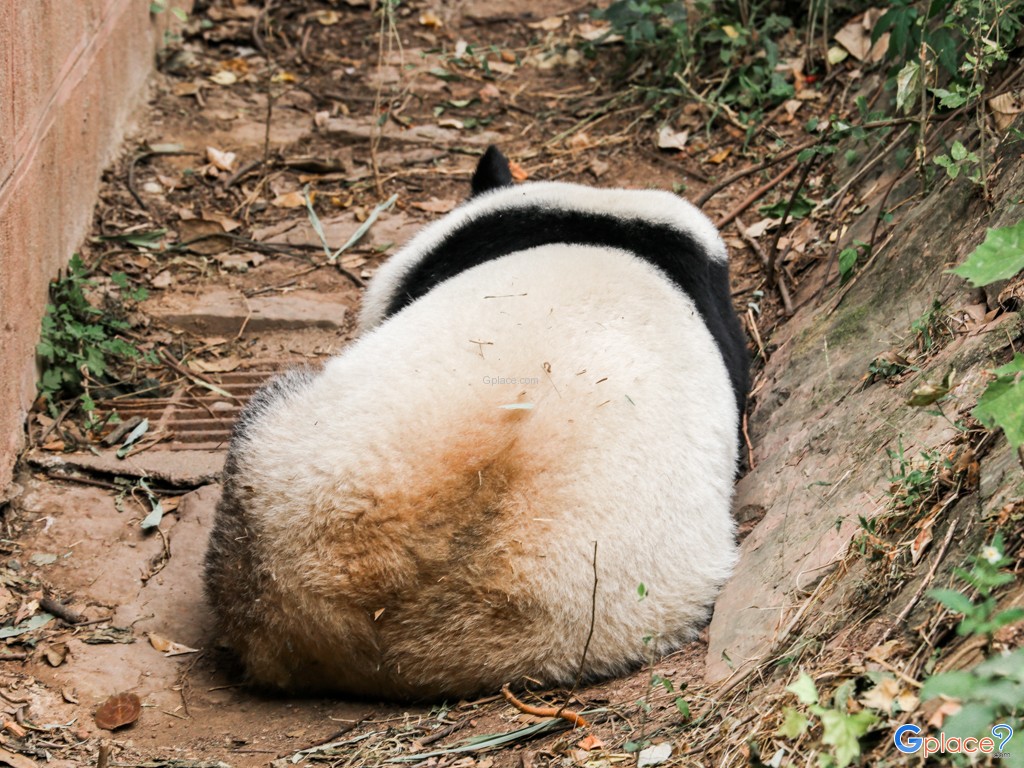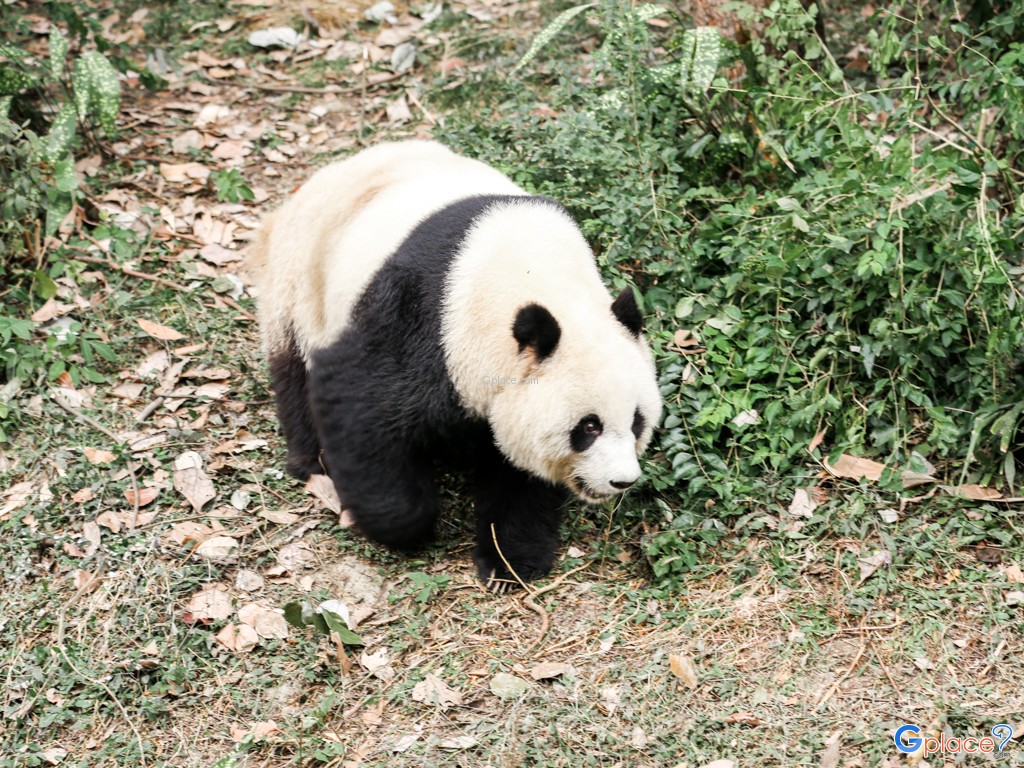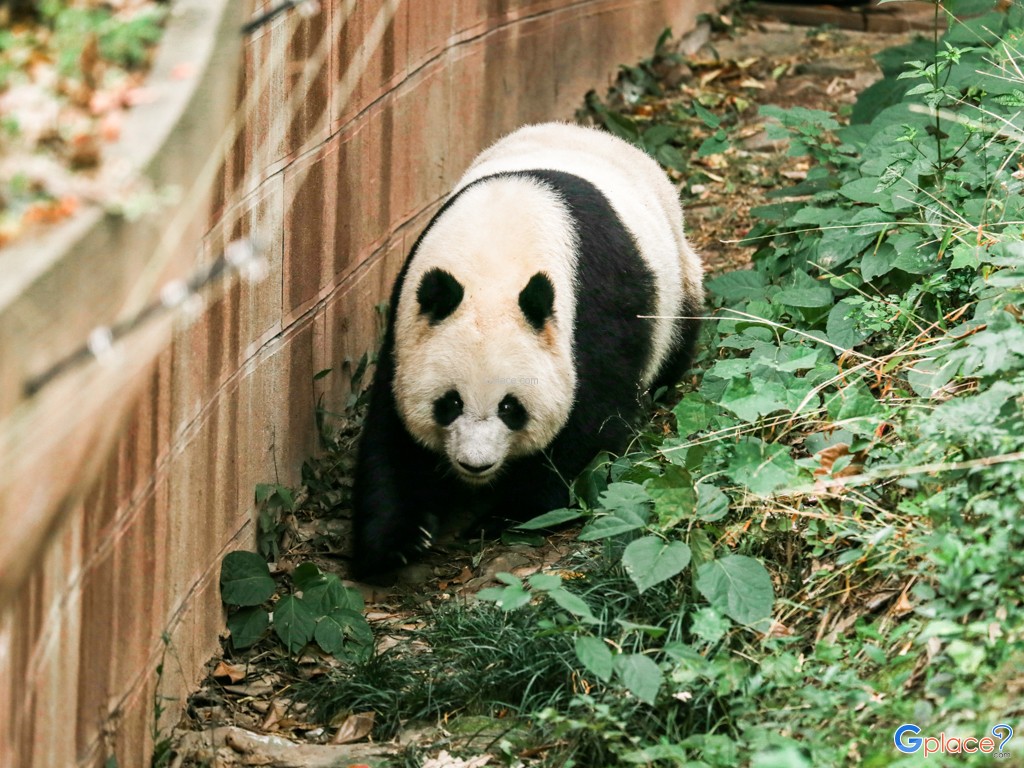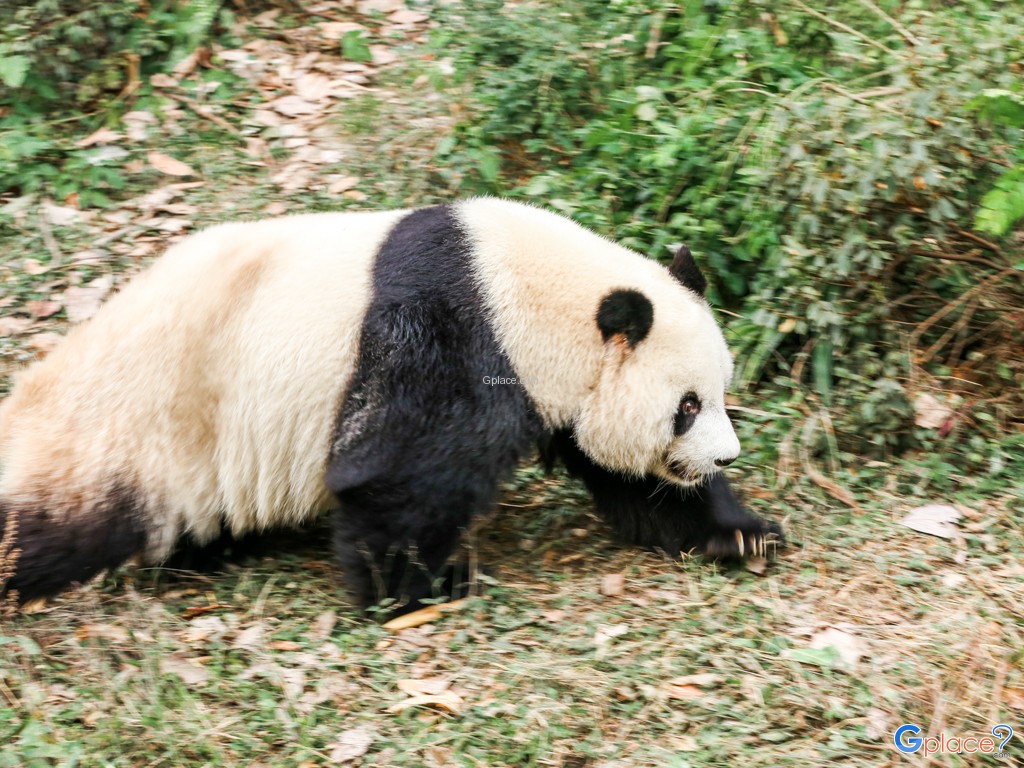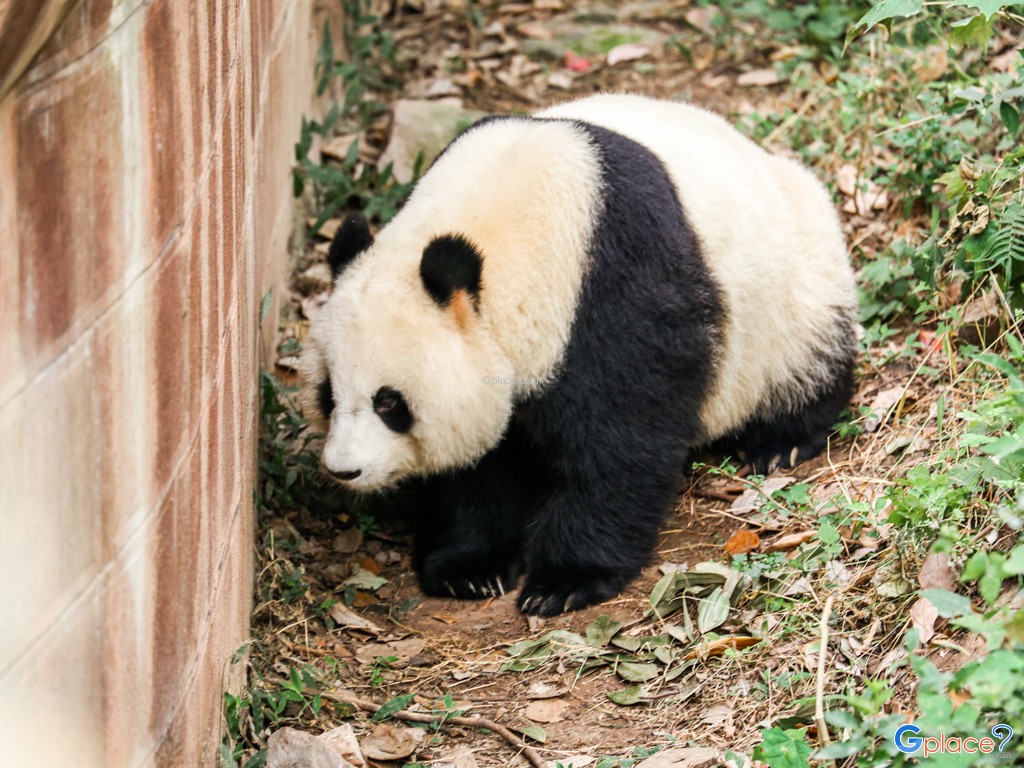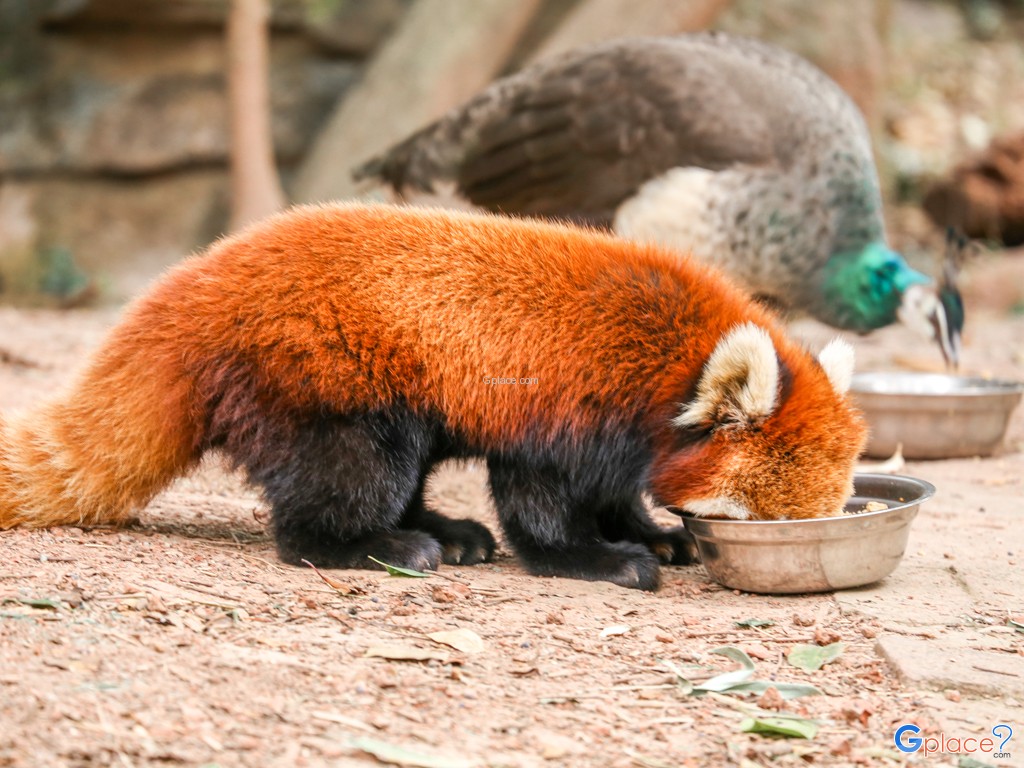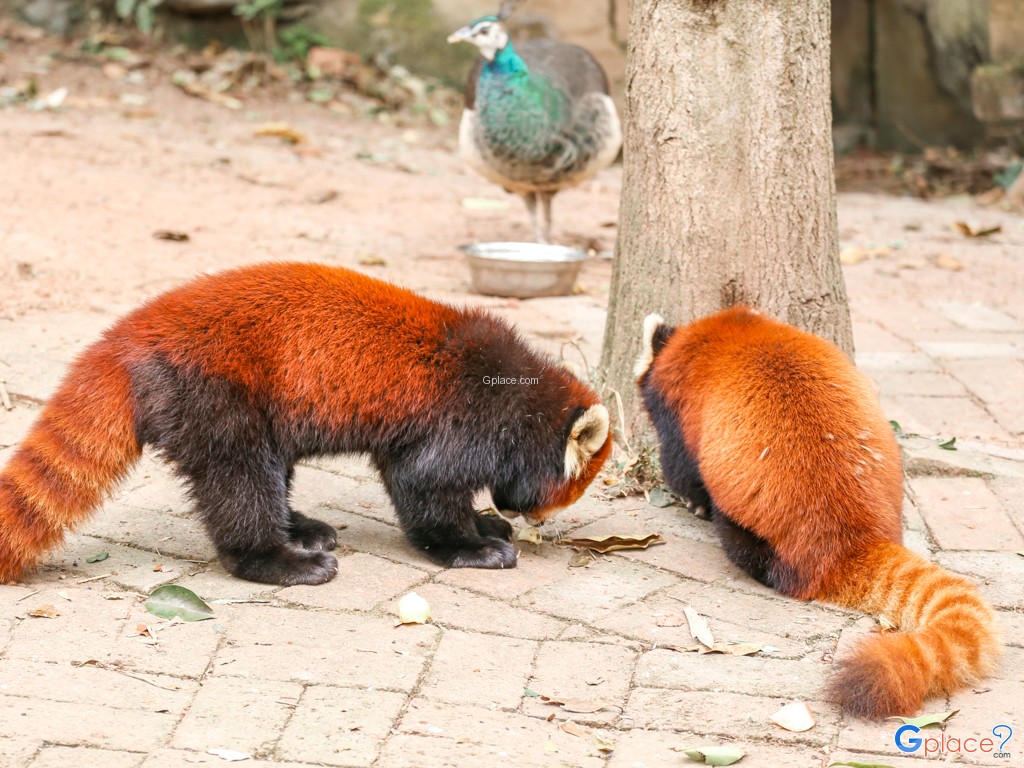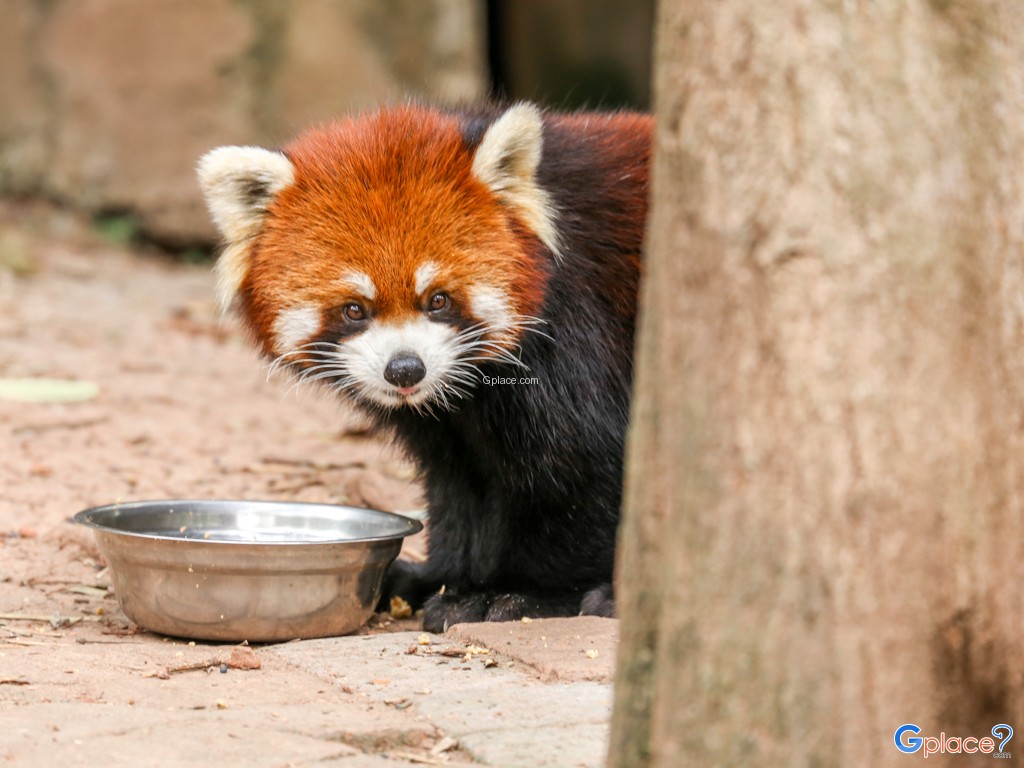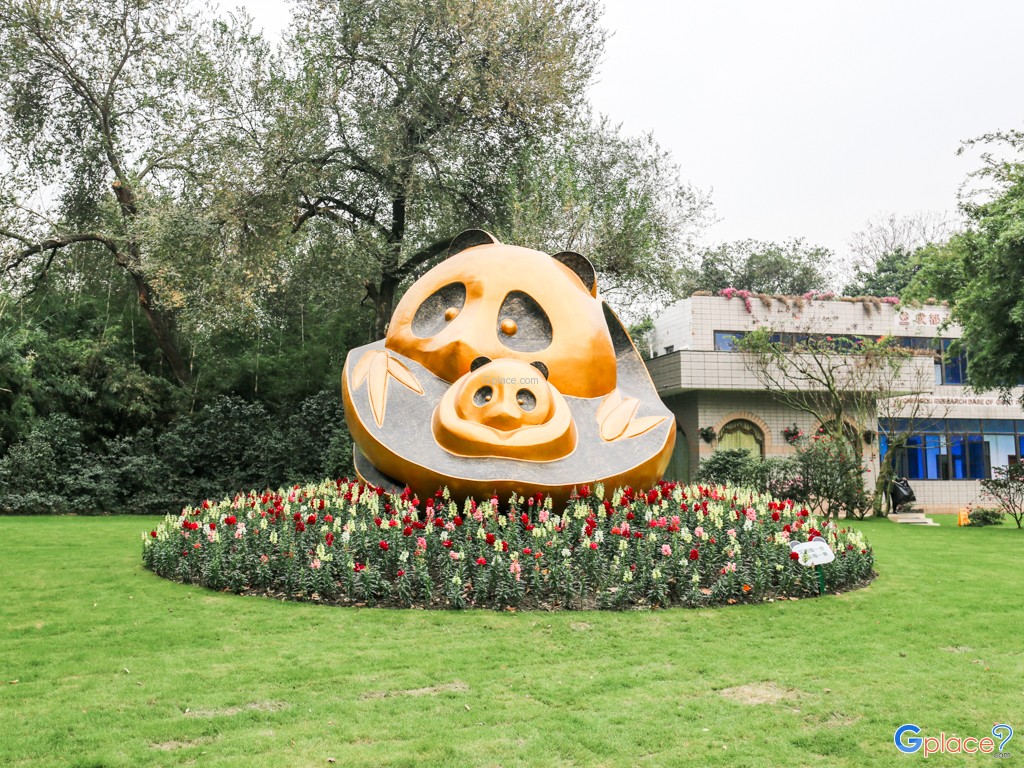“Home to over 30% of the world’s panda population, the base includes a museum, natural enclosures, rare species, and is part of a UNESCO World Heritage Site.”
The Chengdu Research Base of Giant Panda Breeding is located at the foot of Futou Mountain in the northern suburbs of Chengdu, Sichuan Province, China. It is a world-renowned hub for panda conservation, breeding, and scientific research, as well as a sanctuary for other endangered wildlife species native to the region. Founded in 1987, the center spans over 100 hectares of green space and is part of a broader panda habitat covering more than 9,000 square kilometers — now a recognized UNESCO World Heritage Site.
One of the center’s standout features is its realistic recreation of the natural habitat of the giant panda, offering an immersive conservation experience. It also houses the Chengdu Panda Museum, which was built in 1992 in celebration of the International Panda Festival and showcases scientific knowledge and cultural insights into panda ecology and protection.
In addition to giant pandas, the center shelters many other rare and endangered animals that are carefully housed in secure, eco-friendly enclosures. These include:
-
Red Panda: A small, reddish-brown mammal native to Asian mountain forests, known for its playful behavior.
-
Tibetan Takin: A large goat-antelope with a unique appearance, found in the Himalayas and protected due to habitat loss.
-
Sichuan Golden Snub-nosed Monkey: A striking golden-furred primate native to China’s high mountain ranges.
-
Asiatic Black Bear: A medium-sized bear with a distinctive white “V” mark on its chest.
-
Golden Pheasant: A vibrantly colored bird commonly found in Sichuan’s bamboo forests.
-
Chinese Giant Flying Squirrel: A nocturnal gliding rodent rarely seen outside its native forests.
-
Asian Forest Tortoise: A rare species of land tortoise living in tropical Asian forests.
Visitors can observe these animals in a safe, educational environment and explore interactive exhibits that explain the importance of biodiversity and conservation in Sichuan’s natural ecosystem. The base is home to over 30% of the world’s panda population and plays a crucial role in reintroducing species to the wild.
Whether you're a nature-lover, a family looking for hands-on learning, or a photographer or artist seeking inspiration, the Chengdu Research Base of Giant Panda Breeding offers a rich, unforgettable experience — blending education, wildlife appreciation, and ecological awareness.
How to Get There
-
From Chengdu Shuangliu International Airport: Approx. 45-minute ride by taxi or shuttle
-
From Chengdu city center: Take Bus No. 87 or 198, or taxi (approx. 30–40 minutes)
-
By car: On-site and nearby parking available
-
By guided tour: Many local operators offer pickup and drop-off
-
By bicycle: Approx. 10 km from central Chengdu, ideal for active visitors
Travel Tips
-
Visit early (8:00–10:30 AM) to see pandas during feeding and active hours
-
No flash photography; stay quiet near enclosures
-
Wear comfortable shoes for walking long distances
-
Bring a zoom lens for wildlife photos
-
Book tickets in advance on holidays or peak weekends
-
Great for kids, elderly visitors, and international tourists
Admission Fee:
-
Adult ticket: Approx. ¥58 CNY
-
Discounts available for children and seniors (with ID)
-
Special pricing for groups and volunteer programs (check official site)
Opening Hours:
- Open daily from 07:30 – 18:00 (last admission 17:00)


















